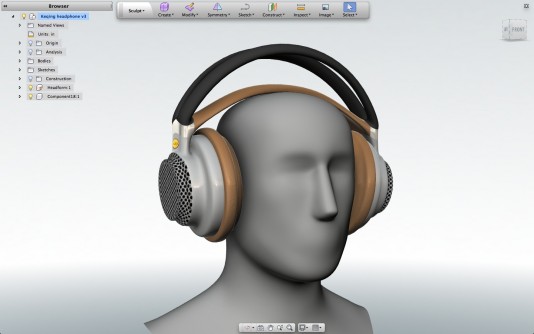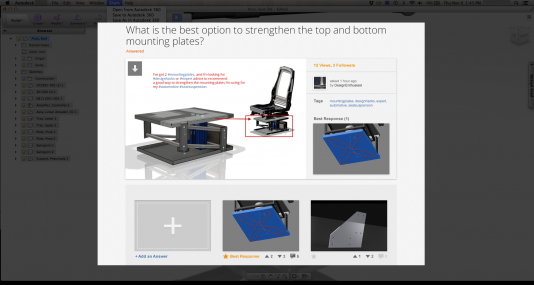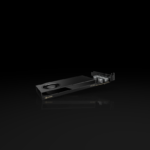Autodesk offered a preview of its new cloud-based 3D modeling software at Autodesk University. It is the most ambitious extension of CAD into cloud technology to date, aided by the integration of T-Splines technology.
Autodesk has unveiled Fusion 360, new cloud-based 3D modeling software for product design. The direct modeling product can be used from nearly any mobile device as well as from the desktop, and includes translation capabilities allowing it to use most common CAD data types.

The temptation among many at Autodesk University who saw the product was to refer to it by an older name, Inventor Fusion, a product that has been available for free from Autodesk Labs for almost two years. But Autodesk has dropped the word “Inventor” from the name, to more clearly differentiate it from a previous generation of technology. Autodesk is now using “360” as the family name for its new generation of cloud-based products; Fusion is the direct modeler in this new family of products.
The product is currently in private beta; Autodesk is accepting additional testers who apply at the Fusion 360 home page.
CAD makes significant demands upon computer resources; if a vendor intends a cloud-based product to succeed in the marketplace, it will have to be more compelling than staying on the desktop. There are several ways in which Fusion 360 pushes the envelope to be a more compelling solution:
Direct editing: Fusion 360 offers a modern push-pull direct modeling environment that is becoming the new standard in MCAD. The basic technology is the Autodesk Shape Manager 3D kernel, reconfigured for cloud deployment. But a major advancement is the integration of T-Splines technology, which brings the kind of infinite control found in surface subdivision modeling (popular in animation) to NURBS-based MCAD modeling. The addition of T-Splines and its “star points” technology makes the work of direct modeling with precise shape control much smoother, with much less computational overhead.
Splitting the computational workload: The current generation of MCAD modelers are desktop applications, not designed to share the computational workload with more than one CPU or GPU. Some can farm out visualization renderings to other computers, since that task is very easily parallelized across multiple computers. Fusion 360 does most of the computational work of CAD on the cloud, where there are multiple CPUs—or as Autodesk likes to say, “infinite computing resources.” The software for import/export, file management, rendering, and other tasks are on the cloud; essential user interface and geometry tasks are still local. Autodesk wrote the local half of Fusion 360 using Webkit, WebGL, and HTML5, standards-based open source technologies capable of providing transactional capabilities in a cloud-enabled environment.
CAD data portability: One of the core tenets of Inventor Fusion was data portability. Autodesk bought, negotiated for, or reverse-engineered compatibility with all leading 3D CAD data formats; Fusion 360 carries this interoperability forward.
Work anywhere: As more people migrate to tablets as their primary device, pressure increases on formerly desktop software to be functional in the mobile environment; the days of using tablets for viewing and markup only are clearly numbered. Fusion 360 will be the most advanced CAD tool yet to appear for tablets. (We could also say smartphones, but doing real CAD work on a screen that small is just torturous.)

Our take
Until 2007, the major players in MCAD said parametric modeling and direct modeling were two separate technologies that could not play well together. In 2007 SpaceClaim Professional was released, and soon most CAD vendors had some sort of response. Five years later the SpaceClaim splash is still rippling through the industry. Until 2012, vendors have been saying it is not possible to do “serious” CAD work on a mobile device. Just as SpaceClaim changed the industry in 2007, Autodesk Fusion will change the market again.





